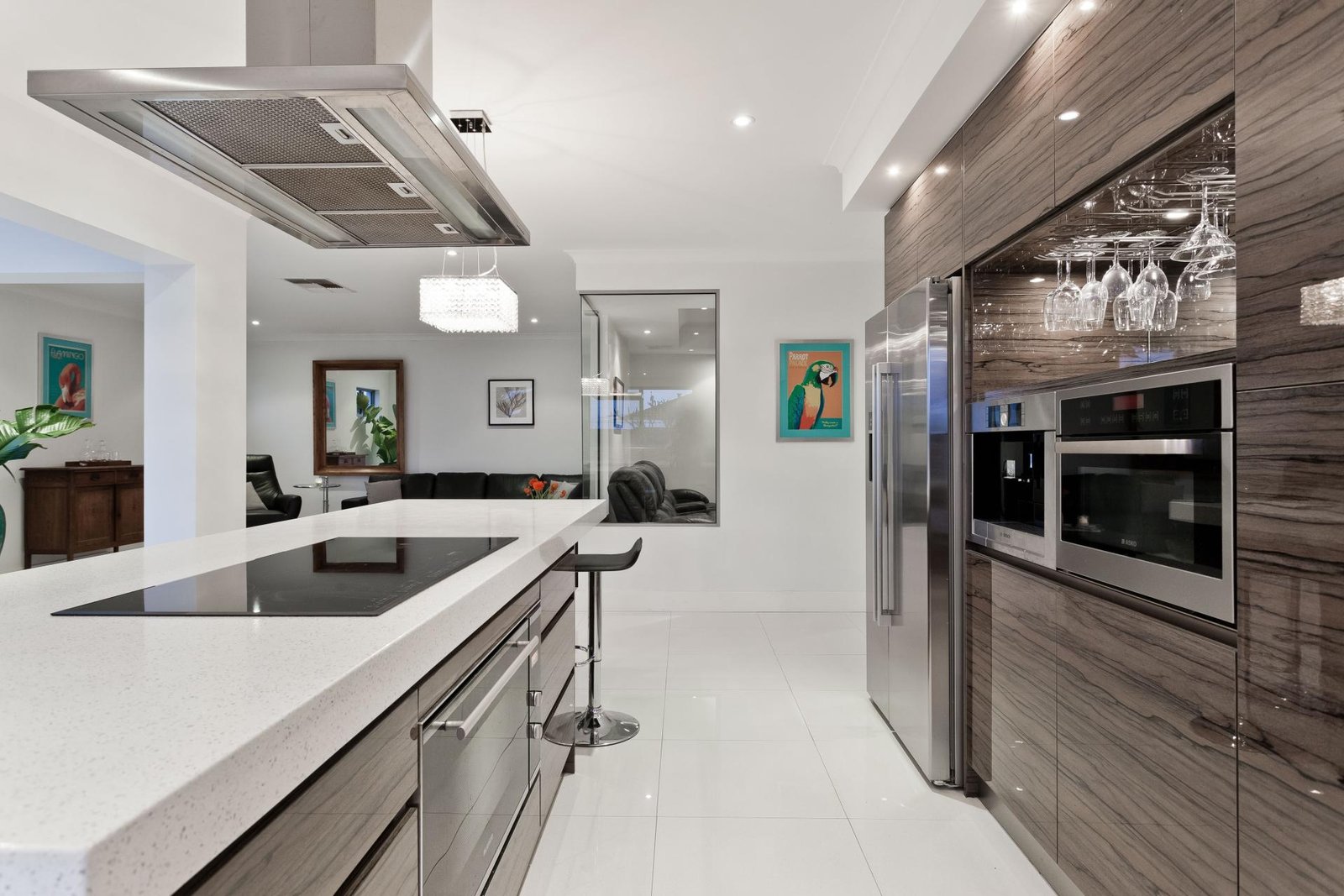Design is evolving at an unprecedented pace, with technology, sustainability, and human-centric thinking driving innovative solutions across industries. As we move further into the 21st century, the future of design will be shaped by how we adapt to emerging challenges, such as environmental concerns, rapidly advancing technology, and changing social dynamics. In this post, we explore some of the most exciting new approaches to the future of design, shedding light on how these trends are transforming the way we create, experience, and interact with the world.
1. Sustainable and Circular Design
As climate change continues to be one of the most pressing global issues, sustainability has become a core focus in design. The future of design is increasingly leaning towards circular systems, where products are designed with their entire lifecycle in mind. This approach emphasizes the reuse, recycling, and reduction of waste at every stage of production, consumption, and disposal.
Designers are moving away from the traditional linear model of “take, make, dispose” and embracing materials that are biodegradable, recyclable, or made from waste products. Upcycling and regenerative design are also becoming more popular, turning old or discarded materials into high-quality, functional products.
Why It’s Future-Focused: As consumers become more eco-conscious, sustainable design practices will not only reduce the environmental impact of production but also align with the growing demand for ethical, planet-friendly products.
2. Human-Centered and Inclusive Design
Designers are increasingly focusing on the user experience, creating products and environments that cater to the diverse needs of all individuals. Human-centered design places the user at the heart of the design process, emphasizing empathy and an understanding of how people interact with products and spaces.
Inclusive design takes this a step further by ensuring that designs are accessible to as many people as possible, regardless of age, ability, or background. This approach considers the physical, emotional, and cognitive needs of different users and seeks to remove barriers that prevent equitable access to products and spaces.
Why It’s Future-Focused: The future of design will be about creating products and environments that are not only functional and beautiful but also inclusive, providing equal access and experiences for all users.
3. Biophilic Design and Nature Integration
Biophilic design, which seeks to reconnect humans with nature, is gaining momentum as people recognize the psychological and physical benefits of being in natural environments. This approach integrates elements like natural light, greenery, water, and organic materials into the built environment, enhancing well-being and promoting a sense of calm.
Incorporating biophilic principles into urban planning and architecture—such as green roofs, living walls, and large windows that allow natural light to flood indoor spaces—can reduce stress and improve productivity. Beyond aesthetics, biophilic design also supports sustainability by integrating natural processes like rainwater harvesting and solar energy.
Why It’s Future-Focused: With increasing urbanization and a growing disconnect from nature, biophilic design will play a crucial role in creating healthier, more sustainable spaces that nurture human well-being.
4. AI and Data-Driven Design
Artificial intelligence (AI) and big data are revolutionizing the design process, enabling designers to make more informed decisions and create highly personalized products and services. AI can analyze vast amounts of data to predict user behavior, automate design tasks, and generate new design concepts based on patterns and trends.
Generative design, a process where AI creates multiple design iterations based on specific criteria, is also becoming more popular. This allows designers to explore a wider range of possibilities and arrive at innovative solutions more efficiently. AI-driven tools can optimize layouts, suggest material choices, and even test the functionality of designs before they are built.
Why It’s Future-Focused: AI and data-driven design will allow for faster, smarter, and more personalized design solutions, enabling greater innovation and efficiency across industries.
5. Augmented Reality (AR) and Virtual Reality (VR) in Design
AR and VR are transforming the way we visualize and interact with designs before they become reality. In architecture, interior design, and product development, AR and VR allow designers and clients to walk through virtual spaces or test products in a digital environment. This immersive experience enhances decision-making, as users can better understand the scale, proportions, and aesthetics of a space or product.
These technologies are also changing the way designers collaborate, enabling remote teams to work together in virtual environments, discuss changes in real-time, and test designs from different perspectives.
Why It’s Future-Focused: AR and VR will continue to evolve, making the design process more interactive, immersive, and accessible for both designers and consumers.
6. Adaptive and Responsive Design
The future of design is increasingly adaptive, meaning products, environments, and systems will be able to change and respond to users’ needs in real-time. Smart home technology, wearable devices, and AI-enabled products are already showcasing the potential of responsive design by adjusting lighting, temperature, and other elements based on user preferences and behaviors.
In architecture, adaptive design is being used to create buildings that can respond to environmental conditions, such as adjusting shading to regulate indoor temperatures or integrating smart windows that control light levels. These adaptive solutions make spaces more comfortable, energy-efficient, and user-friendly.
Why It’s Future-Focused: Adaptive and responsive design anticipates future needs by creating dynamic environments and products that can adjust to changing conditions, offering greater flexibility and personalization.
7. Digital Fabrication and 3D Printing
3D printing and digital fabrication are reshaping the manufacturing process by enabling designers to quickly produce prototypes, customized products, and even large-scale architectural elements. This technology allows for the rapid creation of complex, intricate designs that would be difficult or impossible to achieve through traditional methods.
Digital fabrication also reduces waste by using only the necessary materials for production and allows for local, on-demand manufacturing, reducing transportation costs and environmental impact. As 3D printing technology advances, it will continue to democratize design, allowing anyone with access to a printer to create bespoke items.
Why It’s Future-Focused: Digital fabrication and 3D printing are driving innovation in design by enabling greater customization, reducing waste, and streamlining the production process.
Conclusion: The Future of Design is Collaborative, Sustainable, and Tech-Driven
The future of design is being shaped by a convergence of technology, sustainability, and a deeper understanding of human needs. As these new approaches evolve, designers will continue to explore innovative solutions that are not only visually appealing but also functional, sustainable, and inclusive. Whether it’s through the integration of AI, nature-inspired spaces, or adaptive environments, the design landscape of the future is set to become more responsive to the challenges and opportunities of modern living.







4 comments
Alexander Rees
We went down the lane, by the body of the man in black, sodden now from the overrnight hail, and broke into the woods at the foot of the hill.
Ralph Davin
On our side the fire had done no more than scorch the nearer trees; it had failed to secure its footing. In one place the woodmen had been at work on Saturday; trees, felled and freshly trimmed, lay in a clearing, with heaps of sawdust by the sawing-machine and its engine.
Alexander Rees
We went down the lane, by the body of the man in black, sodden now from the overnight hail, and broke into the woods at the foot of the hill.
Ralph Davin
On our side the fire had done no more than scorch the nearer trees; it had failed to secure its footing. In one place the woodmen had been at work on Saturday; trees, felled and freshly trimmed, lay in a clearing, with heaps of sawdust by the sawing-machine and its engine.